Peter Hase
Teaching Models to Balance Resisting and Accepting Persuasion
Oct 18, 2024



Abstract:Large language models (LLMs) are susceptible to persuasion, which can pose risks when models are faced with an adversarial interlocutor. We take a first step towards defending models against persuasion while also arguing that defense against adversarial (i.e. negative) persuasion is only half of the equation: models should also be able to accept beneficial (i.e. positive) persuasion to improve their answers. We show that optimizing models for only one side results in poor performance on the other. In order to balance positive and negative persuasion, we introduce Persuasion-Balanced Training (or PBT), which leverages multi-agent recursive dialogue trees to create data and trains models via preference optimization to accept persuasion when appropriate. PBT consistently improves resistance to misinformation and resilience to being challenged while also resulting in the best overall performance on holistic data containing both positive and negative persuasion. Crucially, we show that PBT models are better teammates in multi-agent debates. We find that without PBT, pairs of stronger and weaker models have unstable performance, with the order in which the models present their answers determining whether the team obtains the stronger or weaker model's performance. PBT leads to better and more stable results and less order dependence, with the stronger model consistently pulling the weaker one up.
System-1.x: Learning to Balance Fast and Slow Planning with Language Models
Jul 19, 2024Abstract:Language models can be used to solve long-horizon planning problems in two distinct modes: a fast 'System-1' mode, directly generating plans without any explicit search or backtracking, and a slow 'System-2' mode, planning step-by-step by explicitly searching over possible actions. While System-2 is typically more effective, it is also more computationally expensive, making it infeasible for long plans or large action spaces. Moreover, isolated System-1 or 2 ignores the user's end goals, failing to provide ways to control the model's behavior. To this end, we propose the System-1.x Planner, a controllable planning framework with LLMs that is capable of generating hybrid plans and balancing between the two planning modes based on the difficulty of the problem at hand. System-1.x consists of (i) a controller, (ii) a System-1 Planner, and (iii) a System-2 Planner. Based on a user-specified hybridization factor (x) governing the mixture between System-1 and 2, the controller decomposes a problem into sub-goals, and classifies them as easy or hard to be solved by either System-1 or 2, respectively. We fine-tune all three components on top of a single base LLM, requiring only search traces as supervision. Experiments with two diverse planning tasks -- Maze Navigation and Blocksworld -- show that our System-1.x Planner outperforms a System-1 Planner, a System-2 Planner trained to approximate A* search, and also a symbolic planner (A*). We demonstrate the following key properties of our planner: (1) controllability: increasing the hybridization factor (e.g., System-1.75 vs 1.5) performs more search, improving performance, (2) flexibility: by building a neuro-symbolic variant with a neural System-1 and a symbolic System-2, we can use existing symbolic methods, and (3) generalizability: by being able to learn from different search algorithms, our method is robust to the choice of search algorithm.
Fundamental Problems With Model Editing: How Should Rational Belief Revision Work in LLMs?
Jun 27, 2024Abstract:The model editing problem concerns how language models should learn new facts about the world over time. While empirical research on model editing has drawn widespread attention, the conceptual foundations of model editing remain shaky -- perhaps unsurprisingly, since model editing is essentially belief revision, a storied problem in philosophy that has eluded succinct solutions for decades. Model editing nonetheless demands a solution, since we need to be able to control the knowledge within language models. With this goal in mind, this paper critiques the standard formulation of the model editing problem and proposes a formal testbed for model editing research. We first describe 12 open problems with model editing, based on challenges with (1) defining the problem, (2) developing benchmarks, and (3) assuming LLMs have editable beliefs in the first place. Many of these challenges are extremely difficult to address, e.g. determining far-reaching consequences of edits, labeling probabilistic entailments between facts, and updating beliefs of agent simulators. Next, we introduce a semi-synthetic dataset for model editing based on Wikidata, where we can evaluate edits against labels given by an idealized Bayesian agent. This enables us to say exactly how belief revision in language models falls short of a desirable epistemic standard. We encourage further research exploring settings where such a gold standard can be compared against. Our code is publicly available at: https://github.com/peterbhase/LLM-belief-revision
Are language models rational? The case of coherence norms and belief revision
Jun 05, 2024Abstract:Do norms of rationality apply to machine learning models, in particular language models? In this paper we investigate this question by focusing on a special subset of rational norms: coherence norms. We consider both logical coherence norms as well as coherence norms tied to the strength of belief. To make sense of the latter, we introduce the Minimal Assent Connection (MAC) and propose a new account of credence, which captures the strength of belief in language models. This proposal uniformly assigns strength of belief simply on the basis of model internal next token probabilities. We argue that rational norms tied to coherence do apply to some language models, but not to others. This issue is significant since rationality is closely tied to predicting and explaining behavior, and thus it is connected to considerations about AI safety and alignment, as well as understanding model behavior more generally.
LACIE: Listener-Aware Finetuning for Confidence Calibration in Large Language Models
May 31, 2024Abstract:When answering questions, LLMs can convey not only an answer, but a level of confidence about the answer being correct. This includes explicit confidence markers (e.g. giving a numeric score) as well as implicit markers, like an authoritative tone or elaborating with additional knowledge. For LLMs to be trustworthy knowledge sources, the confidence they convey should match their actual expertise; however, most current models tend towards overconfidence. To calibrate both implicit and explicit confidence markers, we introduce a pragmatic, listener-aware finetuning method (LACIE) that models the listener, considering not only whether an answer is right, but whether it will be accepted by a listener. We cast calibration as preference optimization, creating data via a two-agent game, where a speaker model's outputs are judged by a simulated listener. We then finetune three LLMs (Mistral-7B, Llama3-8B, Llama3-70B) with LACIE, and show that the resulting models are better calibrated w.r.t. a simulated listener. Crucially, these trends transfer to human listeners, helping them correctly predict model correctness: we conduct a human evaluation where annotators accept or reject an LLM's answers, finding that training with LACIE results in 47% fewer incorrect answers being accepted while maintaining the same level of acceptance for correct answers. Furthermore, LACIE generalizes to another dataset, resulting in a large increase in truthfulness on TruthfulQA when trained on TriviaQA. Our analysis indicates that LACIE leads to a better confidence separation between correct and incorrect examples. Qualitatively, we find that a LACIE-trained model hedges more and implicitly signals certainty when it is correct by using an authoritative tone or including details. Finally, LACIE finetuning leads to an emergent increase in model abstention (e.g. saying "I don't know") for answers that are likely wrong.
Foundational Challenges in Assuring Alignment and Safety of Large Language Models
Apr 15, 2024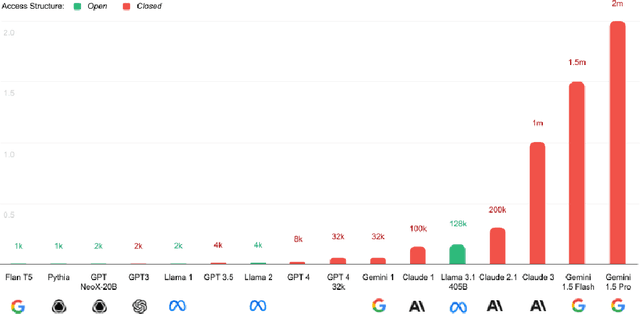


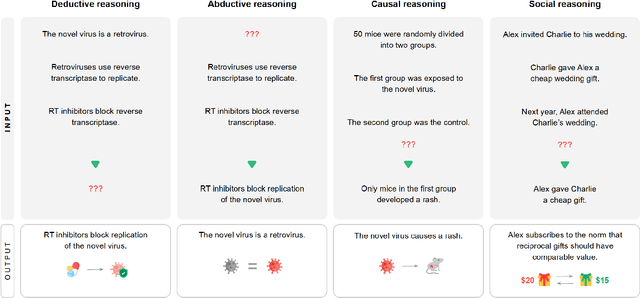
Abstract:This work identifies 18 foundational challenges in assuring the alignment and safety of large language models (LLMs). These challenges are organized into three different categories: scientific understanding of LLMs, development and deployment methods, and sociotechnical challenges. Based on the identified challenges, we pose $200+$ concrete research questions.
Rethinking Machine Unlearning for Large Language Models
Feb 15, 2024Abstract:We explore machine unlearning (MU) in the domain of large language models (LLMs), referred to as LLM unlearning. This initiative aims to eliminate undesirable data influence (e.g., sensitive or illegal information) and the associated model capabilities, while maintaining the integrity of essential knowledge generation and not affecting causally unrelated information. We envision LLM unlearning becoming a pivotal element in the life-cycle management of LLMs, potentially standing as an essential foundation for developing generative AI that is not only safe, secure, and trustworthy, but also resource-efficient without the need of full retraining. We navigate the unlearning landscape in LLMs from conceptual formulation, methodologies, metrics, and applications. In particular, we highlight the often-overlooked aspects of existing LLM unlearning research, e.g., unlearning scope, data-model interaction, and multifaceted efficacy assessment. We also draw connections between LLM unlearning and related areas such as model editing, influence functions, model explanation, adversarial training, and reinforcement learning. Furthermore, we outline an effective assessment framework for LLM unlearning and explore its applications in copyright and privacy safeguards and sociotechnical harm reduction.
The Unreasonable Effectiveness of Easy Training Data for Hard Tasks
Jan 12, 2024Abstract:How can we train models to perform well on hard test data when hard training data is by definition difficult to label correctly? This question has been termed the scalable oversight problem and has drawn increasing attention as language models have continually improved. In this paper, we present the surprising conclusion that current language models often generalize relatively well from easy to hard data, even performing as well as "oracle" models trained on hard data. We demonstrate this kind of easy-to-hard generalization using simple training methods like in-context learning, linear classifier heads, and QLoRA for seven different measures of datapoint hardness, including six empirically diverse human hardness measures (like grade level) and one model-based measure (loss-based). Furthermore, we show that even if one cares most about model performance on hard data, it can be better to collect and train on easy data rather than hard data, since hard data is generally noisier and costlier to collect. Our experiments use open models up to 70b in size and four publicly available question-answering datasets with questions ranging in difficulty from 3rd grade science questions to college level STEM questions and general-knowledge trivia. We conclude that easy-to-hard generalization in LMs is surprisingly strong for the tasks studied, suggesting the scalable oversight problem may be easier than previously thought. Our code is available at https://github.com/allenai/easy-to-hard-generalization
Can Sensitive Information Be Deleted From LLMs? Objectives for Defending Against Extraction Attacks
Sep 29, 2023Abstract:Pretrained language models sometimes possess knowledge that we do not wish them to, including memorized personal information and knowledge that could be used to harm people. They can also output toxic or harmful text. To mitigate these safety and informational issues, we propose an attack-and-defense framework for studying the task of deleting sensitive information directly from model weights. We study direct edits to model weights because (1) this approach should guarantee that particular deleted information is never extracted by future prompt attacks, and (2) it should protect against whitebox attacks, which is necessary for making claims about safety/privacy in a setting where publicly available model weights could be used to elicit sensitive information. Our threat model assumes that an attack succeeds if the answer to a sensitive question is located among a set of B generated candidates, based on scenarios where the information would be insecure if the answer is among B candidates. Experimentally, we show that even state-of-the-art model editing methods such as ROME struggle to truly delete factual information from models like GPT-J, as our whitebox and blackbox attacks can recover "deleted" information from an edited model 38% of the time. These attacks leverage two key observations: (1) that traces of deleted information can be found in intermediate model hidden states, and (2) that applying an editing method for one question may not delete information across rephrased versions of the question. Finally, we provide new defense methods that protect against some extraction attacks, but we do not find a single universally effective defense method. Our results suggest that truly deleting sensitive information is a tractable but difficult problem, since even relatively low attack success rates have potentially severe societal implications for real-world deployment of language models.
Open Problems and Fundamental Limitations of Reinforcement Learning from Human Feedback
Jul 27, 2023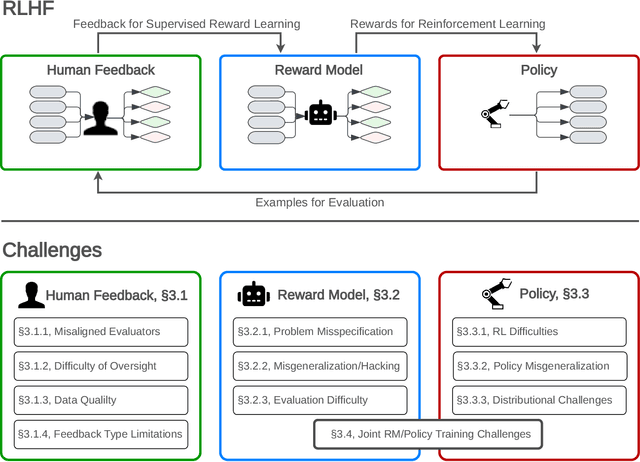
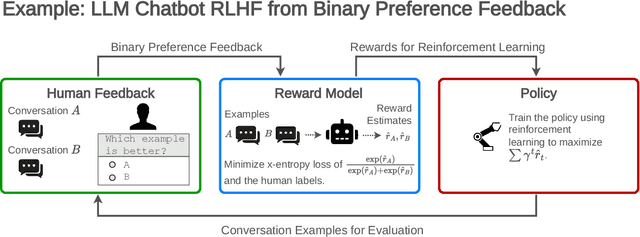
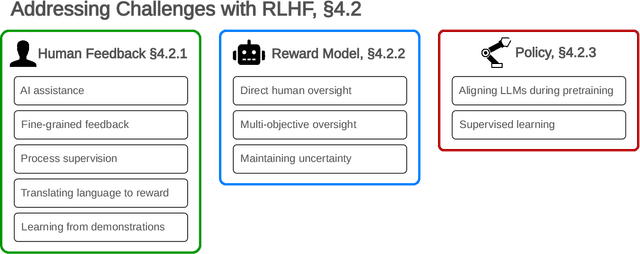
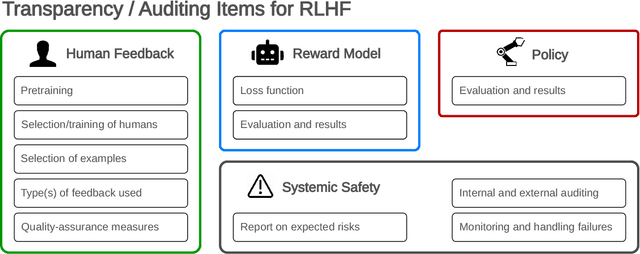
Abstract:Reinforcement learning from human feedback (RLHF) is a technique for training AI systems to align with human goals. RLHF has emerged as the central method used to finetune state-of-the-art large language models (LLMs). Despite this popularity, there has been relatively little public work systematizing its flaws. In this paper, we (1) survey open problems and fundamental limitations of RLHF and related methods; (2) overview techniques to understand, improve, and complement RLHF in practice; and (3) propose auditing and disclosure standards to improve societal oversight of RLHF systems. Our work emphasizes the limitations of RLHF and highlights the importance of a multi-faceted approach to the development of safer AI systems.
 Add to Chrome
Add to Chrome Add to Firefox
Add to Firefox Add to Edge
Add to Edge